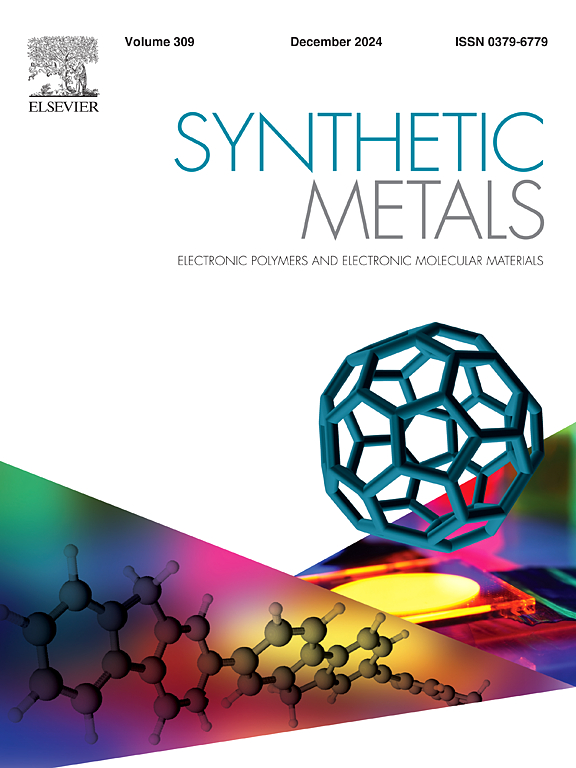Unlocking the power of MOF-inspired nanomaterials: Enhancing solar cell efficiency through advanced structures and properties
IF 4
3区 材料科学
Q2 MATERIALS SCIENCE, MULTIDISCIPLINARY
引用次数: 0
Abstract
The transition to a carbon-neutral civilization relies heavily on harnessing sustainable and abundant natural energy sources like solar power. Solar energy offers an eco-friendly solution capable of meeting global energy demands, but the primary challenge lies in developing cost-effective and durable materials that can efficiently convert solar energy into electricity. Solar cells, through the photovoltaic effect, remain the most promising technology for this purpose. This paper presents a detailed review of the advancements in MOF-inspired nanomaterials and their application in solar cells, specifically focusing on dye-sensitized and perovskite solar cells. It covers the latest developments in MOFs and MOF-derived compositions, material architectures, synthesis techniques, and device processing methods. The paper emphasizes the roles of MOFs and their derivatives in enhancing solar cell performance, particularly as additives, electrodes, photoactive materials, and charge carriers. Moreover, it highlights the potential of MOFs to improve light absorption, charge transport, and long-term stability in solar cell devices. Additionally, we present an in-depth analysis of the challenges and opportunities for scaling up MOF-based materials in commercial solar cell applications, offering critical insights into future directions for optimizing their performance and overcoming existing barriers.
解锁mof启发的纳米材料的力量:通过先进的结构和性能提高太阳能电池的效率
向碳中和文明的过渡在很大程度上依赖于利用太阳能等可持续和丰富的自然能源。太阳能提供了一种环保的解决方案,能够满足全球的能源需求,但主要的挑战在于开发具有成本效益和耐用的材料,能够有效地将太阳能转化为电能。太阳能电池,通过光伏效应,仍然是这方面最有前途的技术。本文综述了mof纳米材料及其在太阳能电池中的应用,重点介绍了染料敏化和钙钛矿太阳能电池的研究进展。它涵盖了mof和mof衍生组合物,材料结构,合成技术和器件加工方法的最新发展。本文强调了mof及其衍生物在提高太阳能电池性能方面的作用,特别是作为添加剂、电极、光活性材料和载流子。此外,它还强调了mof在改善太阳能电池器件的光吸收、电荷传输和长期稳定性方面的潜力。此外,我们还深入分析了在商业太阳能电池应用中扩大mof基材料的挑战和机遇,为优化其性能和克服现有障碍的未来方向提供了关键见解。
本文章由计算机程序翻译,如有差异,请以英文原文为准。
求助全文
约1分钟内获得全文
求助全文
来源期刊

Synthetic Metals
工程技术-材料科学:综合
CiteScore
8.30
自引率
4.50%
发文量
189
审稿时长
33 days
期刊介绍:
This journal is an international medium for the rapid publication of original research papers, short communications and subject reviews dealing with research on and applications of electronic polymers and electronic molecular materials including novel carbon architectures. These functional materials have the properties of metals, semiconductors or magnets and are distinguishable from elemental and alloy/binary metals, semiconductors and magnets.
 求助内容:
求助内容: 应助结果提醒方式:
应助结果提醒方式:


